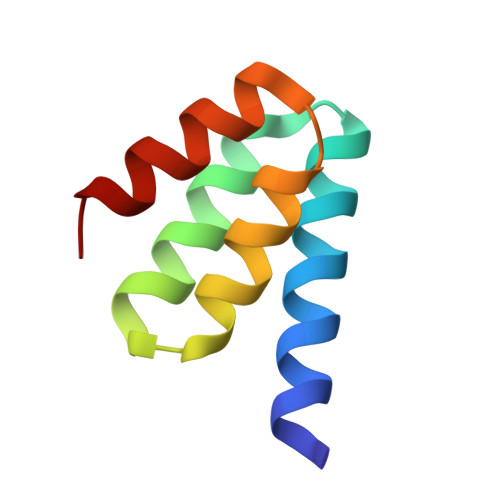Top-down design of protein architectures with reinforcement learning.
Lutz, I.D., Wang, S., Norn, C., Courbet, A., Borst, A.J., Zhao, Y.T., Dosey, A., Cao, L., Xu, J., Leaf, E.M., Treichel, C., Litvicov, P., Li, Z., Goodson, A.D., Rivera-Sanchez, P., Bratovianu, A.M., Baek, M., King, N.P., Ruohola-Baker, H., Baker, D.(2023) Science 380: 266-273
- PubMed: 37079676
- DOI: https://doi.org/10.1126/science.adf6591
- Primary Citation of Related Structures:
8F4X, 8F53, 8F54 - PubMed Abstract:
As a result of evolutionary selection, the subunits of naturally occurring protein assemblies often fit together with substantial shape complementarity to generate architectures optimal for function in a manner not achievable by current design approaches. We describe a "top-down" reinforcement learning-based design approach that solves this problem using Monte Carlo tree search to sample protein conformers in the context of an overall architecture and specified functional constraints. Cryo-electron microscopy structures of the designed disk-shaped nanopores and ultracompact icosahedra are very close to the computational models. The icosohedra enable very-high-density display of immunogens and signaling molecules, which potentiates vaccine response and angiogenesis induction. Our approach enables the top-down design of complex protein nanomaterials with desired system properties and demonstrates the power of reinforcement learning in protein design.
Organizational Affiliation:
Department of Biochemistry, University of Washington, Seattle, WA, USA.














